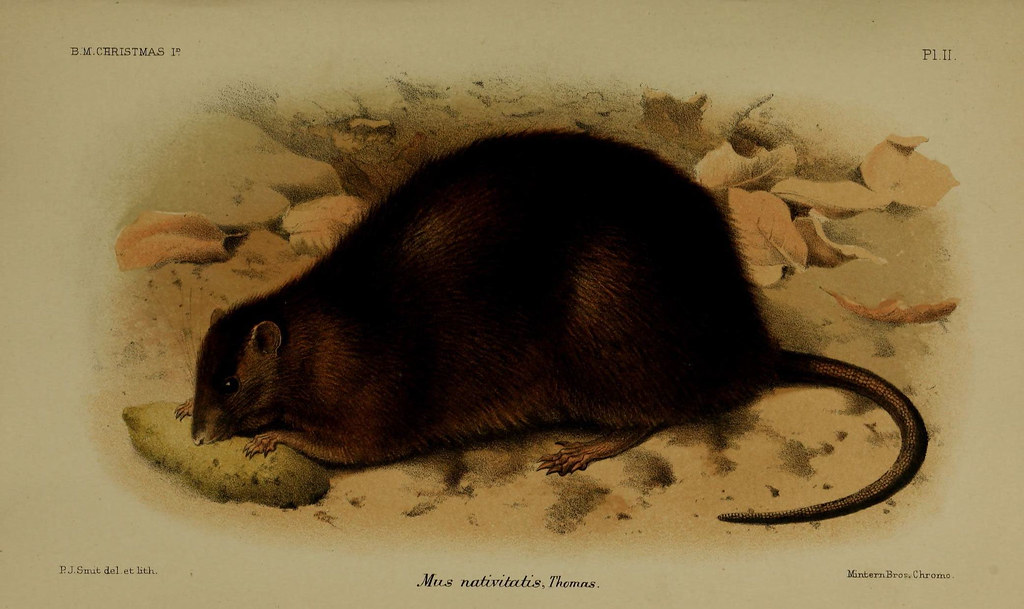Bringing back the woolly mammoth and other extinct creatures may be impossible
By Elizabeth Pennisi,
Science
| 03. 09. 2022
An extinct rat that once lived on an island in the Indian Ocean may have put the kibosh on scientists’ dreams of resurrecting more famous extinct animals like the woolly mammoth. The Christmas Island rat disappeared just over 100 years ago, but researchers now say even its detailed genome isn’t complete enough to bring it back to life.
The work “shows both how wonderfully close—and yet—how devastatingly far” scientists are from being able to bring back extinct species by genetically transforming a close relative in what’s called “de-extinction,” says Douglas McCauley, an ecologist at the University of California, Santa Barbara, who was not involved with the study.
No species has yet been revived, but de-extinction appeals to many geneticists and futurists. “I know a lot of biologists who think, ‘Can I do this?’” says Karen Wendling, an ethicist at the University of Guelph. Part of the fascination is simply the promise of seeing a vanished species come to life. But putting a key animal back into its original...
Related Articles
By Anumita Kaur [cites CGS’ Katie Hasson], The Washington Post | 03.25.2025
Genetic information company 23andMe has said that it is headed to bankruptcy court, raising questions for what happens to the DNA shared by millions of people with the company via saliva test kits.
Sunday’s announcement clears the way for a new...
By Peter Wehling, Tino Plümecke, and Isabelle Bartram
| 03.26.2025
This article was originally published as “Soziogenomik und polygene Scores” in issue 272 (February 2025) of the German-language journal Gen-ethischer Informationsdienst (GID); translated by the authors.
In mid-November 2024, the British organization Hope not Hate published its investigative research ‘Inside the Eugenics Revival’. In addition to documentating an active international “race research” network, the investigation also brought to light the existence of a US start-up that offers eugenic embryo selection. Heliospect Genomics aims to enable wealthy couples to...
By Frank Landymore, Futurism | 03.18.2025
You can only throw so much money at a problem.
This, more or less, is the line being taken by AI researchers in a recent survey. Asked whether "scaling up" current AI approaches could lead to achieving artificial general...
By Craig S. Smith, Forbes | 03.08.2025
One recent evening in Shenzhen, a group of software engineers gathered in a dimly lit co-working space, furiously typing as they monitored the performance of a new AI system. The air was electric, thick with the hum of servers and...




